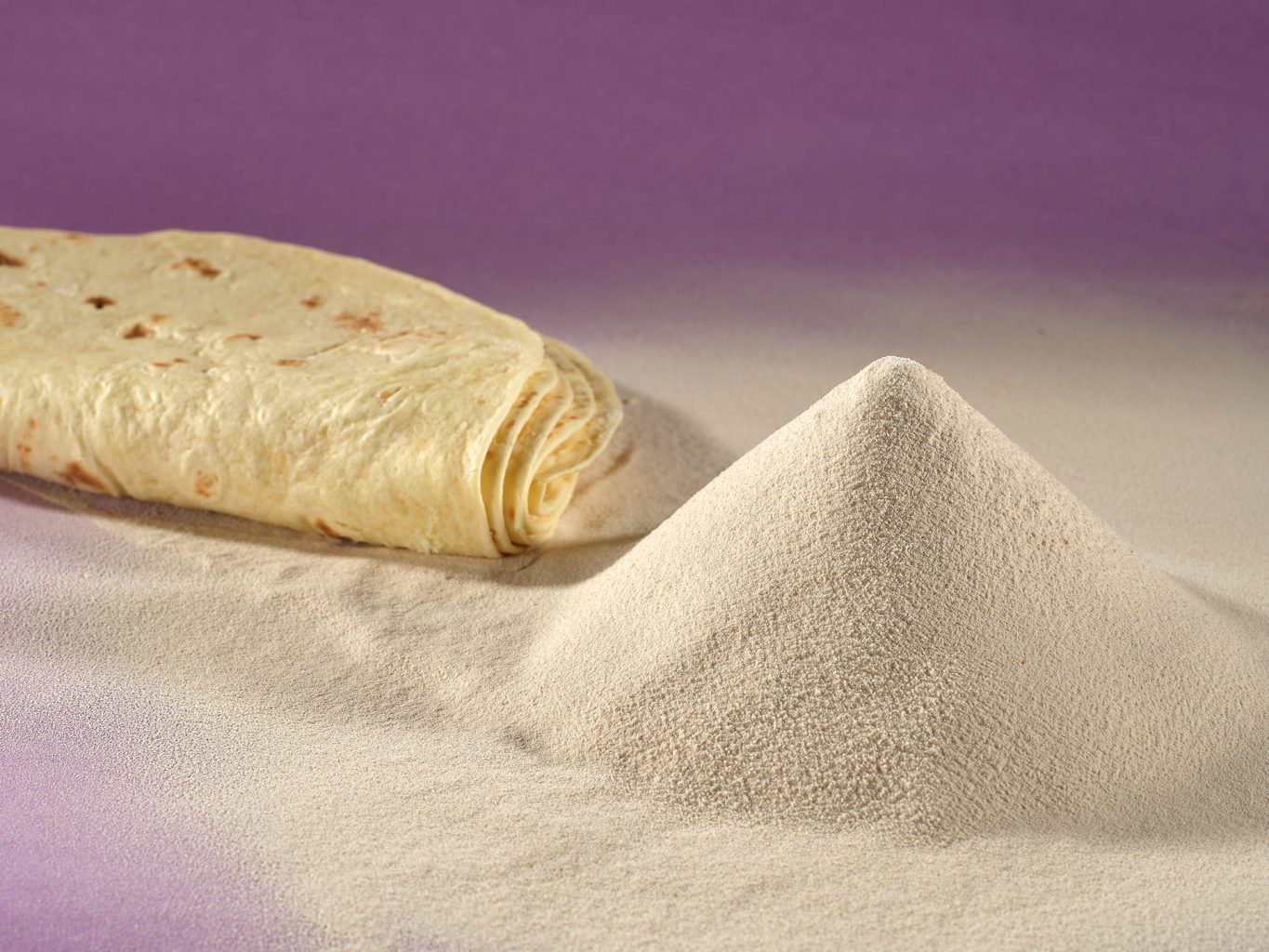eska-en
What is Tortilla? How is Tortilla Produced?
What is Tortilla? How is Tortilla Produced?
Tortilla is a thin, unleavened flatbread made from finely ground corn (maize) or wheat flour in Mexico, Central America, the United States, and Canada. It has a history dating back to about 10,000 years before Christ. Tortillas are also widely consumed among Mexicans.
Today, with advancing technology and the increase in working population, the fast food culture has led to the consumption of tortillas in many parts of the world. However, contrary to its fresh use in history, tortilla bread has become a bread that requires a long shelf life.
Especially the European and Middle Eastern tortilla market demands tortilla bread with a six-month shelf life. This demanded duration has led to the addition of many new raw materials to the traditional tortilla recipe.
Today, we can group the raw materials in a tortilla recipe under the following headings:
- Wheat Flour
- Water
- Leavening Agents
- Preservatives
- Freshness-enhancing Enzymes
What are the main problems encountered in tortilla production?
- Mold Problems
- Problems in tortilla internal structure and appearance
- Flexibility
- Zippering effect
- Sticking problems
- Transparency problem
- Inability to achieve proper diameter measurements
- Breakage at tortilla edges
- Processability problems
What are the raw materials to be used in tortilla production?
- Wheat Flour
- Water
- Preservatives
- Hydrocolloids
- Emulsifiers
- Acids
- Enzymes and enzyme mixes
- Sugar
- Glycerin
- Margarine
- Salt
We can summarize as above.
What are the Tortilla Production Methods?
Tortilla production methods are generally grouped under three main methods:
- Traditional tortilla production is done by hand and cooked on a hot pan. This is usually preferred by artisan and small tortilla producers in Central American countries. The produced tortilla breads are sold daily.
- The second method is called the Die cut method, which is similar to lavash production. In this method, after the dough is divided into portions, it is rested at room temperature on moving belts for 10-15 minutes, then shaped into round tortillas through rollers working at a 90-degree angle to each other. Products produced by this method are sold fresh or within short shelf lives of about a month.
- The most commonly used method for tortilla production in industrial terms is the Hot press method. With this method, the shelf life of products can be extended up to six months. Production begins with a dough mixing mixer, then the dough is portioned to the desired measurements with a cut-weigh system and given a round shape. After a resting period of 8-10 minutes, the dough is pressed between two hot jaws. The dough, opened to the desired cm ratio, is baked in the oven stage for 25-30 seconds, then cooled in the cooling room for about 5 minutes before proceeding to the packaging stage. This is the most commonly used production method today.
While the Hot press production method provides very important advantages compared to other methods, it requires extensive knowledge, especially in the recipe and production line stages. Otherwise, very large production problems can be encountered.
We offer many solutions as raw materials for tortilla production. We also provide technical consultancy services at the recipe stage. You can examine our Tortilla Developer product by clicking on the link. Please don’t hesitate to contact us for your questions.

